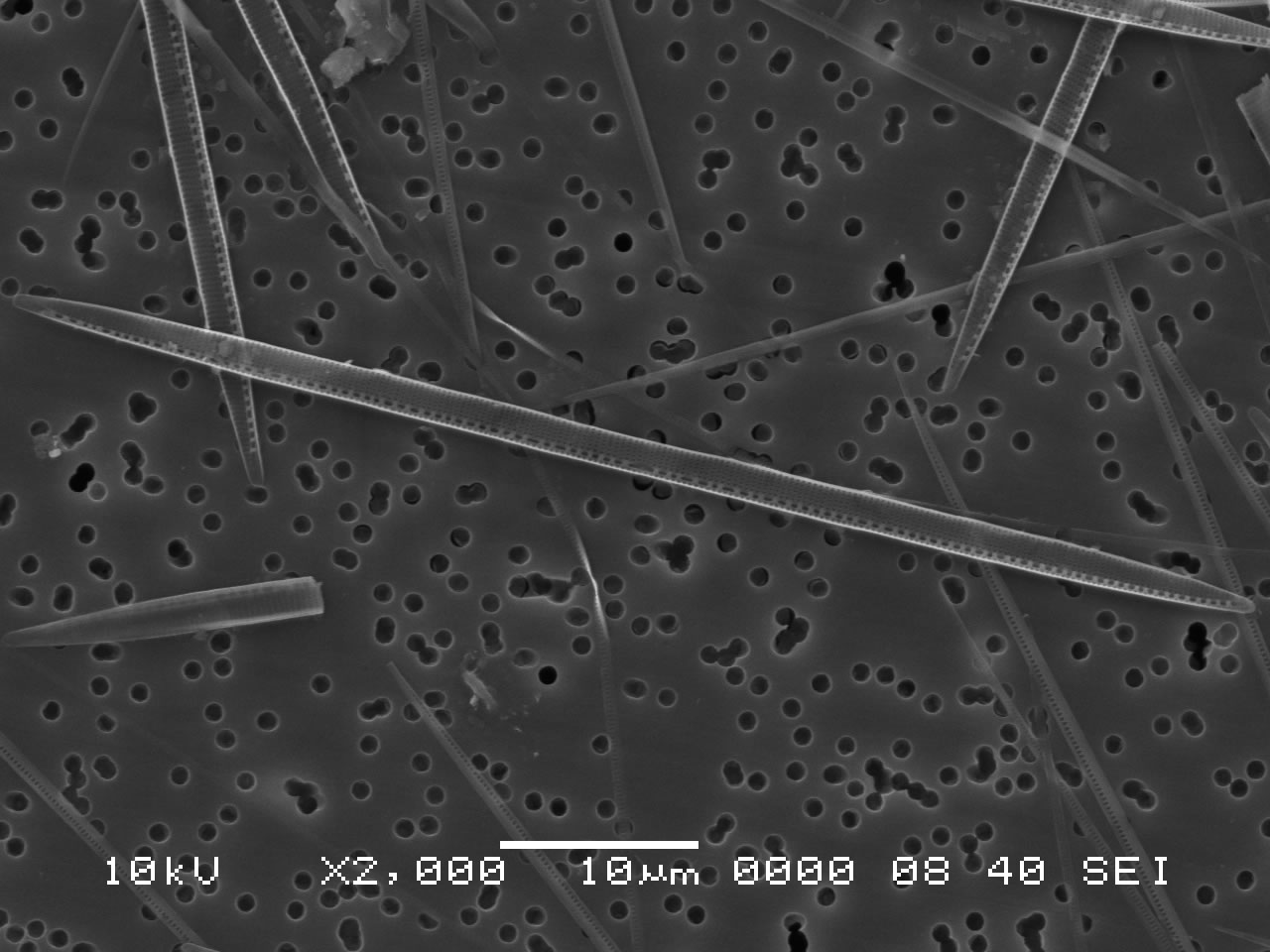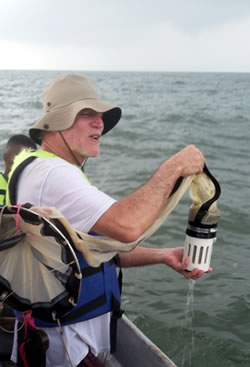Z7_89C21A40L06460A6P4572G3JN0
 Inglés UdeA - Cabezote - WCV(JSR 286)
Inglés UdeA - Cabezote - WCV(JSR 286)
Z7_NQ5E12C0L8BI6063J9FRJC1MV4
 Signpost
Signpost
Portal U de A
Z7_89C21A40L06460A6P4572G3JQ1
 Harmful algal bloom emerges in Colombian coastline
Harmful algal bloom emerges in Colombian coastline
Z7_89C21A40L06460A6P4572G3JQ3
 Portal U de A - Redes Sociales - WCV(JSR 286)
Portal U de A - Redes Sociales - WCV(JSR 286)
Z7_89C21A40L0SI60A65EKGKV1K57



 A scanning electron micrograph (SEM) of Pseudo-nitzschia pseudodelicatissima cells. Photo courtesy of Professor Lennin Florez-Leiva.
A scanning electron micrograph (SEM) of Pseudo-nitzschia pseudodelicatissima cells. Photo courtesy of Professor Lennin Florez-Leiva.  Further analysis of the samples as well as the persistent smell confirmed suspicions that this species of algae has not been recorded in the Gulf of Uraba so far. “Test results suggest that this species of algae is extremely harmful,” Professor Florez said.
Further analysis of the samples as well as the persistent smell confirmed suspicions that this species of algae has not been recorded in the Gulf of Uraba so far. “Test results suggest that this species of algae is extremely harmful,” Professor Florez said.